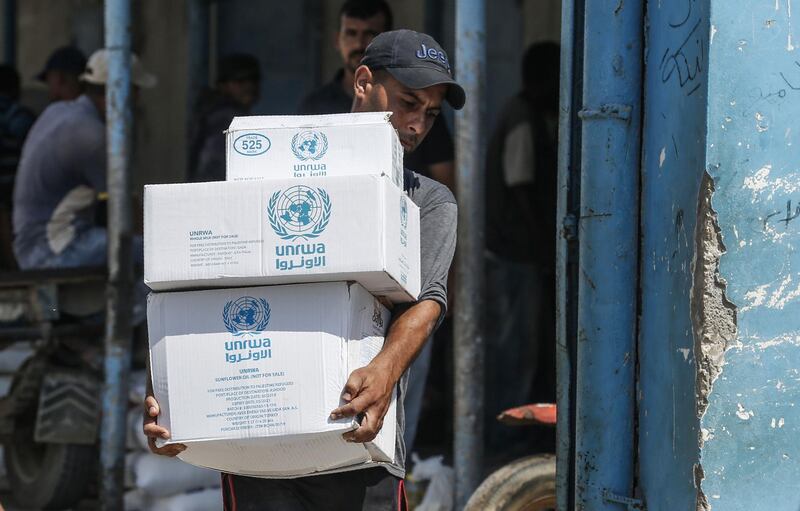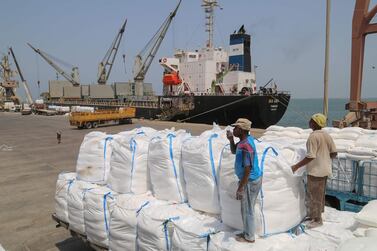Wealthy countries including the United States, Germany and Britain spent less on aid for humanitarian crises last year, even as the United Nations said it was dealing with unprecedented need, research released on Monday showed.
The United States, the world's biggest donor of humanitarian aid, cut its spending by 6 per cent or $423 million in 2018, while Germany and Britain both spent 11 per cent less than in 2017, according to the yearly Global Humanitarian Assistance report.
That was despite a record $28.3 billion requested through appeals co-ordinated by the United Nations, which deemed more than 200 million people to be in need of humanitarian aid. Yemen and Syria had the highest numbers of people in need.
"We need to track the stance of these three large donors very closely and make sure it's not the start of an ongoing trend," Dan Coppard, director of research and analysis at Development Initiatives, told the Thomson Reuters Foundation.
Development Initiatives is the independent international development organisation that produced the report, which looks at the the resources directed to people in crisis.
It found the overall amount of government humanitarian assistance rose slightly last year as the United Arab Emirates and Saudi Arabia boosted their spending, Mr Coppard said.
Cash and voucher programmes, which can give people choice and control over the funds intended to help them, grew by 10 per cent from 2017 to a record $4.7 billion in 2018, the report found.
Multi-year funding, which helps aid workers on the ground manage the ongoing impact of crises, also grew.
Key donors increased this longer-term funding considerably over the last few years so that it now makes up over a third of their humanitarian contributions.
A large number of crises endure for many years, requiring greater level of resources and over a longer period of time, the report said.






